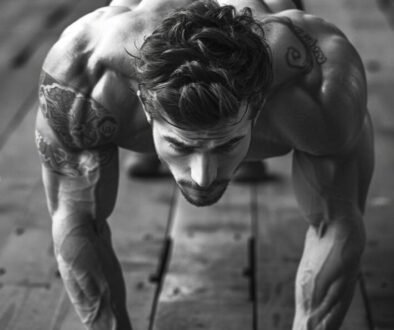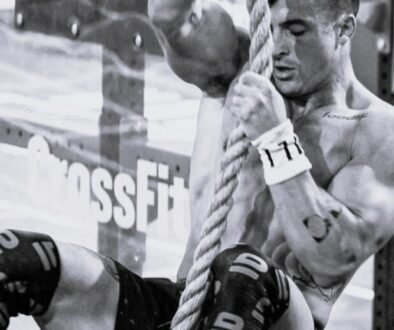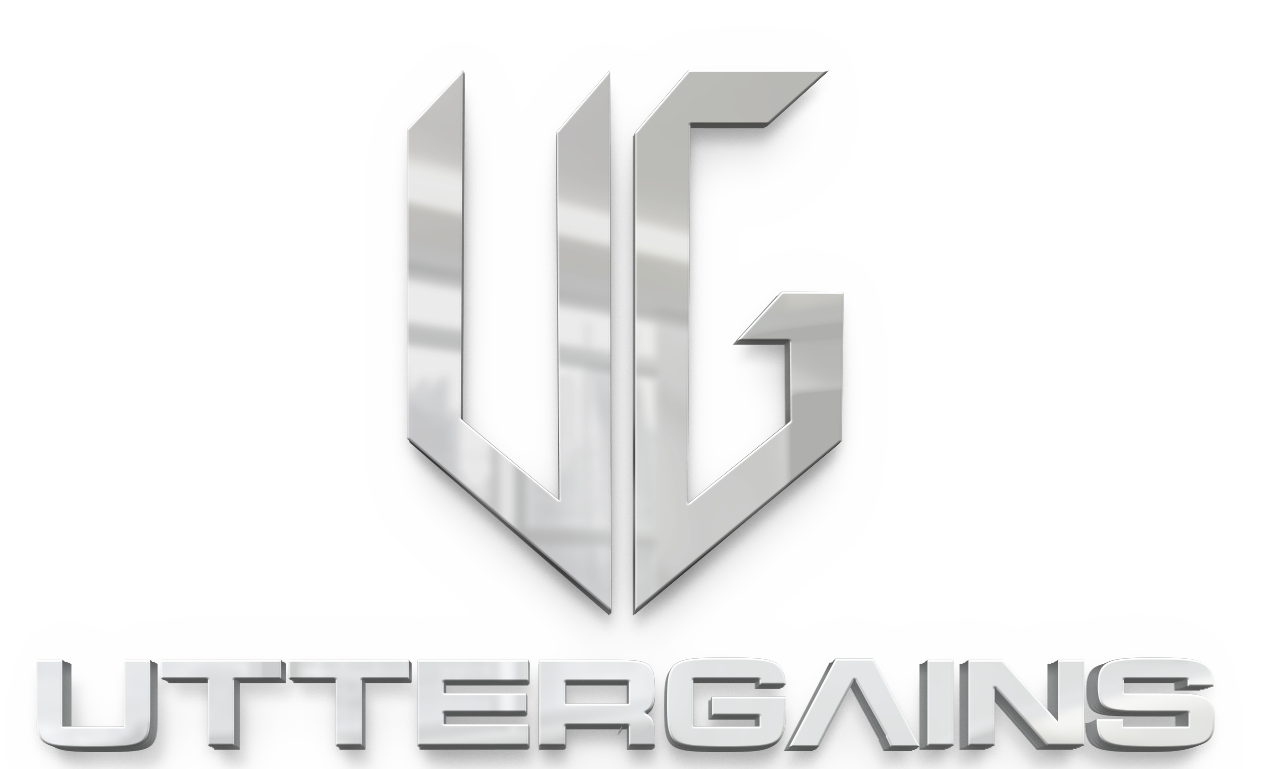Pistol Squat: Build Strong, Functional Legs

The Power of the Pistol Squat: A Comprehensive Guide to Leg Strength
When it comes to building leg strength, few exercises are as effective and challenging as the pistol squat. This single-leg squat variation is a staple in many advanced calisthenics routines, known for its ability to develop strong, muscular legs with minimal equipment. However, it’s is not just another squat—it’s a full-body exercise that demands balance, flexibility, and coordination, making it a true test of functional strength.
Why the Pistol Squat?
The pistol squat is an incredible tool for anyone looking to build powerful legs without relying on heavy weights or machines. Unlike traditional squats, which engage both legs simultaneously, It focuses on one leg at a time, significantly increasing the intensity of the exercise. This means that you are effectively doubling the workload for each leg, leading to greater strength gains.
Additionally, the pistol squat challenges your balance and flexibility. Because you must extend one leg straight out in front of you while lowering your body on the other leg, this exercise requires a high level of control and stability. The need to maintain balance throughout the movement engages the core muscles, making the It a full-body workout in itself.
Getting Started with the Pistol Squat
Before jumping into pistol squats, it’s crucial to establish a solid foundation. If you’re new to strength training or still mastering basic leg exercises like bodyweight squats and lunges, it’s important to start with these basics. Strengthening your legs through traditional squats and lunges will prepare your muscles, joints, and ligaments for the demands of the It.
Once you’ve built a strong foundation, you can start working towards It by practicing on a low box or bench. Begin by performing single-leg squats where you only lower your body part of the way down, gradually increasing the depth as your strength and flexibility improve. This progression helps you develop the necessary strength and confidence to perform a full pistol squat.
Technique: Mastering the Pistol Squat
Performing a pistol squat correctly is key to maximizing its benefits and avoiding injury. Here’s a step-by-step guide to help you master the movement:
-
Start Position: Stand on one leg, keeping the other leg straight and extended in front of you. Hold your arms out in front of you for balance.
-
Lowering Down: Slowly bend your standing leg, lowering your body while keeping your extended leg straight and off the ground. Aim to bring your hips as close to your heel as possible, while maintaining control.
-
Depth: Ideally, you should lower yourself until your hamstring touches your calf, but this will depend on your flexibility and strength. Never sacrifice form for depth.
-
Rising Up: Push through your heel to rise back up to the starting position, keeping your core engaged and avoiding any jerky movements.
-
Breathing: Inhale as you lower your body and exhale as you push back up.
-
Control: The key to the pistol squat is control. Avoid bouncing at the bottom of the movement or using momentum to lift yourself back up.
Common Challenges and Solutions
The pistol squat is undeniably challenging, and many people struggle with specific aspects of the movement. Here are some common difficulties and how to overcome them:
-
Balance Issues: If you find it hard to balance, practice standing on one leg to build stability. Additionally, using a wall or a pole for support can help you maintain balance as you learn the movement.
-
Flexibility Limits: Tight hamstrings and hip flexors can make it difficult to perform a full pistol squat. Incorporate regular stretching into your routine, focusing on the hamstrings, hip flexors, and ankles to improve your range of motion.
-
Strength Deficits: If you can’t perform a full pistol squat yet, practice partial range-of-motion squats on a box or bench. Gradually increase the depth as you get stronger.
The Benefits of Pistol Squats
Incorporating pistol squats into your routine can yield numerous benefits:
-
Leg Strength: By focusing on one leg at a time, It help build significant strength in the quadriceps, hamstrings, glutes, and calves.
-
Joint Stability: The single-leg nature of the pistol squat strengthens the muscles around the knees and hips, promoting joint stability and reducing the risk of injury.
-
Core Engagement: Maintaining balance throughout the movement requires strong core muscles, making pistol squats an effective exercise for core strengthening.
-
Flexibility and Mobility: Pistol squats require and develop flexibility in the hips, hamstrings, and ankles, leading to improved mobility.
-
No Equipment Needed: One of the greatest advantages of the pistol squat is that it requires no equipment, making it an ideal exercise for home workouts or when traveling.
Alternatives to the Pistol Squat
While the pistol squat is highly effective, it’s not suitable for everyone. If you find the It too challenging or uncomfortable, there are alternatives that can still help you build leg strength:
-
Deep Step-Ups: This exercise mimics the movement pattern of the pistol squat but is less demanding on flexibility and balance. Use a sturdy box or bench, and step up with one leg while keeping the other leg off the ground.
-
Bulgarian Split Squats: This exercise focuses on one leg at a time and allows for added resistance through weights. It’s a great way to build leg strength and improve balance.
-
Lunges: Lunges are a versatile exercise that can be performed in various directions to target different muscle groups in the legs. They also promote balance and stability.
Conclusion
The pistol squat is a powerful exercise for anyone looking to build functional leg strength. It’s a challenging movement that tests your balance, flexibility, and coordination while delivering impressive results. By incorporating pistol squats into your routine, you’ll develop strong, muscular legs that are capable of performing a wide range of physical activities. Whether you’re an athlete looking to enhance performance or just someone aiming to improve overall fitness, the pistol squat is an excellent addition to your training arsenal. Remember, progression is key—start with the basics, focus on your technique, and gradually work your way up to mastering this impressive movement.



